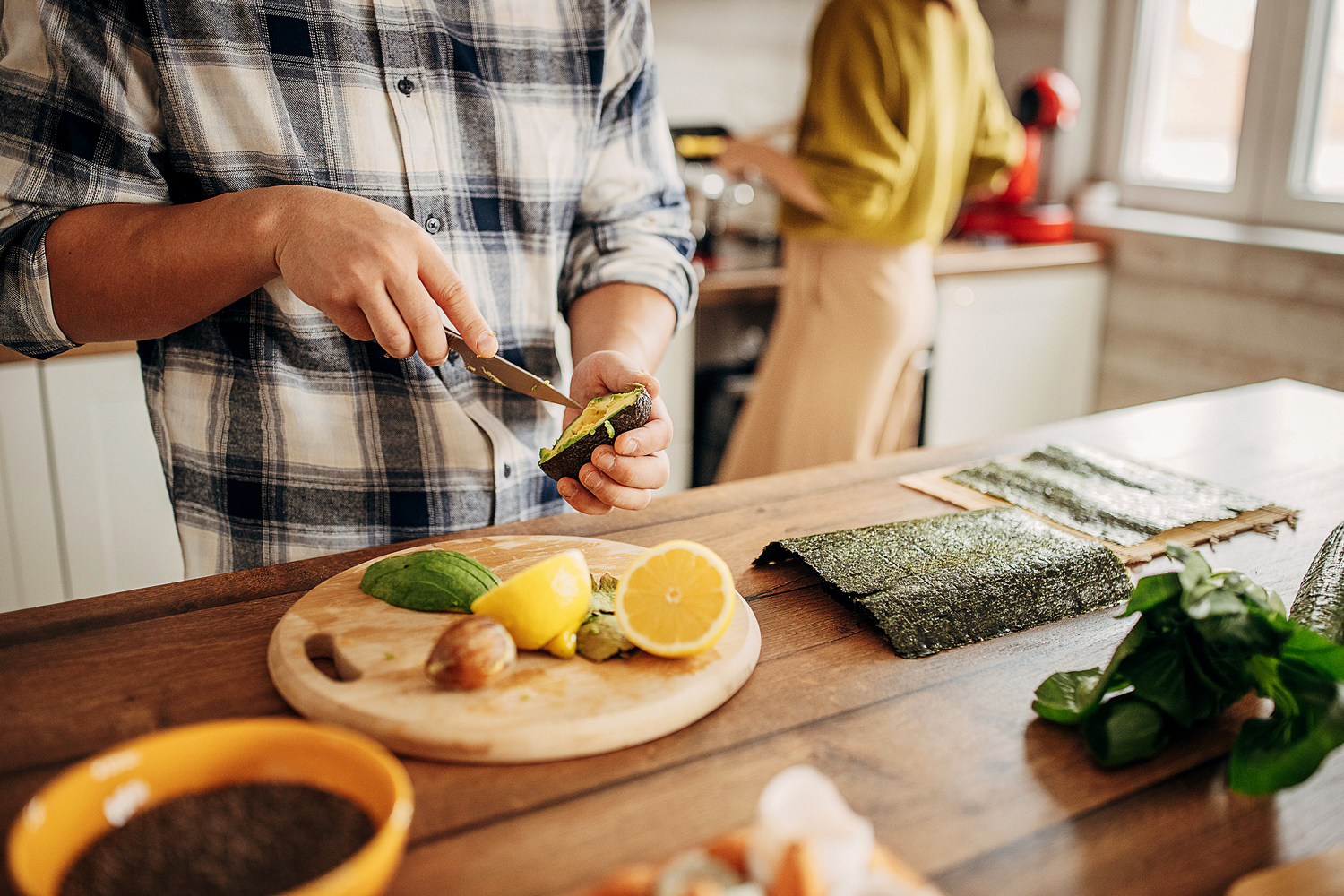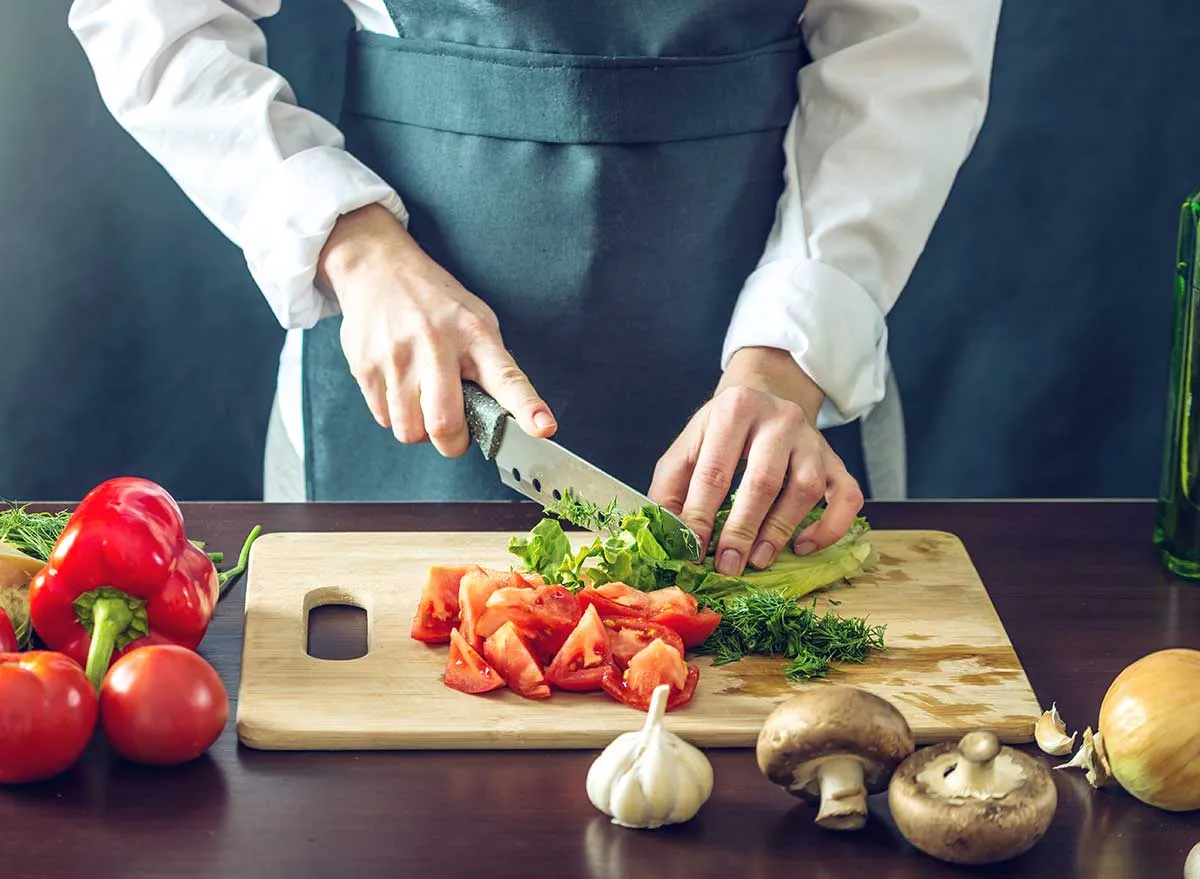How to whiten a cutting board? This is a question every Kitchen Professional has grappled with at some point. A cutting board, often a vital tool in a chef's arsenal, can accumulate unsightly stains, particularly when used extensively for food prep. Whether you're dealing with stubborn beet juice or spots from raw meat, bringing your board back to its original condition is not just aesthetically pleasing but also hygienic. In the following sections, we will explore various methods, tricks, and tips that you can employ to keep your cutting boards spotless and white.
When considering how to whiten a cutting board, you'll find that the approach can depend on the board's materialwhether it's wood, plastic, or bamboo. To effectively clean your board, you'll need to know the best methods suitable for your specific type of cutting board. After all, not all cleaning techniques are created equal. In this article, we will delve into a comprehensive array of methods, each tried and tested for maximum effectiveness.

Understanding the Need to Whiten Cutting Boards
Cutting boards endure a lot during meal preparations. Getting stained from tomato sauce, oils, spices, or even coloring from fruits and vegetables is the norm. Not only can stains be unappealing, but they can also harbor bacteria if not cleaned properly. Therefore, learning how to whiten a cutting board is essential for maintaining a clean and safe workspace in the kitchen.
The Science Behind Cutting Board Stains
Stains on cutting boards are often caused by the absorption of liquids and materials during chopping and slicing. Bacteria and odor can penetrate deeper into the board, making it crucial to use effective cleaning techniques that not only remove stains but also sanitize the surface.
Why is it Important to Maintain Your Cutting Boards?
As a professional in the kitchen, maintaining your tools ensures not only longevity but also a safer prep environment. A well-maintained cutting board helps you to uphold food safety standards. Stained boards can also affect the taste and presentation of dishes, a crucial factor in any culinary venture.
Methods to Whiten a Cutting Board
Here are several tried and true methods to whiten your cutting board effectively:
Method 1: Using Baking Soda
Baking soda is a natural whitening agent that can neutralize odors and lift stubborn stains.
- Sprinkle a generous amount of baking soda onto the stained area of the cutting board.
- Using a damp cloth, rub the baking soda in a circular motion.
- Leave it for a few minutes, then rinse with hot water.
Method 2: Lemon Juice and Salt
This natural method harnesses the antibacterial properties of lemon and the abrasive nature of salt.
- Sprinkle salt over the stained area.
- Cut a lemon in half and use it to scrub the board, squeezing the juice as you go.
- Once the stains lighten, rinse thoroughly with warm water.
Method 3: Hydrogen Peroxide
For those harder-to-remove stains, hydrogen peroxide is a potent option.
- Apply hydrogen peroxide directly onto the stains.
- Allow it to sit for about 10 minutes before rinsing with warm water.
Method 4: Commercial Cleaners
If natural methods dont cut it, consider investing in a commercial cleaning solution specifically formulated for cutting boards.
- Follow the manufacturer's instructions for application.
- Make sure to rinse thoroughly to remove any residues.
Signs Your Cutting Board Needs a Refresh
Knowing when your cutting board needs whitening can save you the trouble of deep cleaning later. Here are some signs:
- Visible stains from food items.
- Lingering odors that dont dissipate.
- Rough textures from wear and tear.
Maintenance Tips for Cutting Boards
Regular care can also prolong the life of your cutting board. Here are some essential tips:
- Regular Washing: Clean your cutting board after each use.
- Oil Treatment: Use mineral oil to keep wooden boards conditioned.
- Avoid Soaking: Never soak your boards, as they can warp.
Conclusion
Now that you know how to whiten a cutting board effectively, you can maintain your kitchen's hygiene and presentation. As a kitchen professional, understanding the right care techniques is crucial in ensuring your tools remain in top shape, facilitating culinary excellence. For a deeper insight, check out how to avoid cutting board damage here. Whether you opt for natural solutions or commercial products, remember that your cutting board plays a significant role in your kitchen work, and keeping it pristine reflects your commitment to quality.

FAQs
1. Can I put my cutting board in the dishwasher?
No, high temperatures can warp and damage your cutting board. Instead, wash it with soap and warm water.
2. How often should I whiten my cutting board?
Its ideal to whiten your cutting board when you notice discoloration, but routine maintenance will help extend its life.
3. Are there any foods that stain cutting boards more than others?
Yes, items like beets, tomatoes, and colored spices tend to leave more significant stains.
As an Amazon Associate, I earn from qualifying purchases.


























